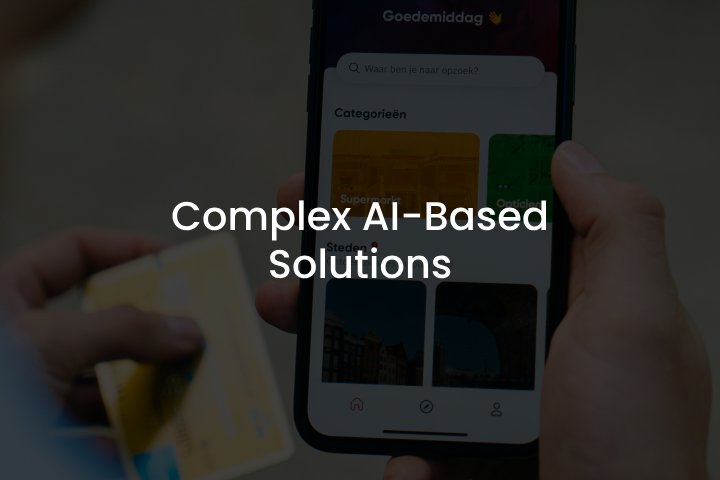
Building Complex AI-Based Solutions to Ensure Safety While Driving
Creating a safer environment while driving has been a long-time goal of our client. They partnered with Agiliway to build an AI-based application that aims to innovate driving.
This solution allows us to detect various objects surrounding the car in real time, and process them through the ML model, therefore enhancing driving and reducing risks related to road accident occurrence.
In this article, we share some insight into how we create smart driving safety applications to help minimize the risks of accidents on the roads.
The Main Challenges of Building Complex AI-Based Solutions
During the development process of this application, the Agiliway team has faced several key challenges:
- Data Set Collection: A significant amount of annotated data is required to train the ML models effectively. The model requires at least a few thousand images for accurate training. On average, the model is trained using around several tens of thousands of images.
- Object Detection Models: The team is tasked with training multiple ML models to detect various classes of objects, each requiring extensive data preparation and annotation.
- Image Annotation: The use of tools like Label Studio for annotating images and creating datasets poses logistical challenges, particularly in ensuring consistent quality and accuracy in the data.
- Privacy Concerns: Implementing measures to blur faces in images to comply with privacy regulations adds complexity to the data processing workflow.
- Model Training Epochs: Determining the optimal number of epochs for model training is critical to avoid overfitting while ensuring robust performance.
- Continuous Model Training Process to be set to improve the results and their accuracy.
- Model Benchmarking: Visualizing and benchmarking the training results.
- Training process acceleration and optimization: It takes an average of 3-5 days to train each model, so the team decides on how to speed it up and choose the optimal server with the necessary parameters for training a model with cost-efficiency for the client in mind.
Suggested Solution
The key goal of the solution is to create a safe environment for drivers and others around them utilizing computer vision and ML. This will be particularly useful for parents of young drivers or spouses where one is an inexperienced driver, etc. The application has navigation, trip tracking, and driving reports and will alert the driver as well as the admin. The driver will be sent an alert in case of an accident around their vehicle, or, for example, the presence of a police car or an ambulance, etc. The system will notify the admin in situations of, say, reckless or unsafe driving, basically, any dangerous behavior of a driver.
To address the challenges, the following solutions were proposed:
- 1. The data acquisition process became systematic, leveraging both public datasets and user-generated content to amass the required volume of images for training.
- 2. Processing of detected data and integrating it into a user’s journey, determining the optimal route: Unlike other navigation systems, our ML-trained solution does not require manual map updates – the AI autonomously handles this task with the help of Cat Boost.
- 3. An iterative model training approach was implemented, allowing for gradual improvements and adjustments based on ongoing results.
- 4. Improved annotation process by using Label Studio, Roboflow, etc. efficiently as well as establishing clear guidelines and processes for image annotation, ensuring consistent data quality across the board.
- 5. Privacy compliance protocols were integrated, i.e., automated image processing techniques to blur faces and comply with privacy regulations.
- 6. Epoch Optimization: Conduct experiments to find the optimal number of training epochs, using validation datasets to enhance performance and prevent overfitting.
- 7. Benchmarking and Visualization Tools: Set up ML Flow or similar platforms to visualize training metrics, making it easier to track improvements and communicate progress to stakeholders.
What Are the Advantages of AI-Based Solutions?
The proposed smart driving safety application delivers significant value in several ways. Firstly, by using computer vision to detect and alert drivers to potential hazards, the app significantly reduces the risk of accidents, contributing to safer driving practices.
Second, the real-time tracking and alert features provide parents with the information needed to monitor their teenage drivers, allowing them to have an early intervention in risky situations.
Thirdly, the driving reports and alerts provide insights into driving behavior, allowing for constructive discussions between parents and drivers to improve their habits.
Overall, the smart driving safety application stands out by combining advanced AI capabilities with practical features designed to meet the specific needs of modern society, with a single common goal which is fostering safer driving environments for young drivers.


